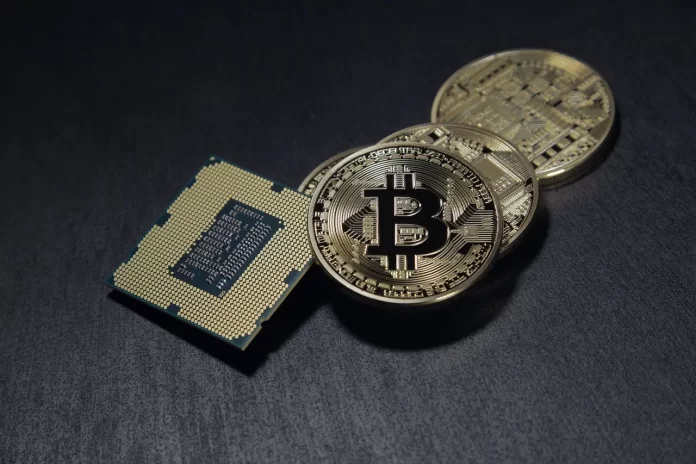There are various ways to obtain the cryptocurrencies you want, including mining, buying, or swapping. Trading and swapping cryptocurrencies is done on centralized and decentralized exchanges. Both types of exchanges have pros and cons, which means they also provide distinct approaches to cryptocurrency trading and swapping. This article will compare both options to see which one would be better for you.
https://pixabay.com/illustrations/bitcoin-currency-crypto-cyber-2057405/
User Control
A major difference between centralized and decentralized crypto platforms is how much control the user has. Decentralized exchanges allow users complete control over their funds and private keys.
They can do this because they rely on smart contracts that users interact directly with. These smart contracts remove the need for a central controlling entity, allowing users the control discussed above.
Centralized exchanges require users to create accounts and deposit funds into exchange-controlled wallets before trading or swapping. By mandating this, users lose some control over their funds.
Security
By not holding user information, decentralized exchanges provide users with much better security. Additionally, funds remaining in users’ wallets until the smart contract is executed removes the risk of large-scale hacks and fund theft. The security provided by these platforms makes decentralized swapping a much better option for many traders.
Centralized exchanges are prone to attacks because they hold a huge amount of user funds and cryptocurrencies. We have seen several massive hacks and thefts where users have lost millions to billions of dollars in assets.
That said, centralized exchanges now use state-of-the-art security to ensure the safety of user funds and data, which is why there have been fewer reports of such large-scale breaches and theft recently.
Different Liquidity Levels
An important consideration for traders is how liquid an exchange is. Liquidity refers to the availability of funds or assets, with most traders preferring higher liquidity. Centralized exchanges are typically more liquid than decentralized exchanges.
The reason is that centralized exchanges usually have a much higher concentration of funds and traders on these platforms. Since decentralized platforms do not require users to deposit funds into their wallets to complete transfers, swaps, or trades, they are often less liquid.
Liquidity determines whether a trader can fund a huge transfer or swap, making centralized exchanges the better option for traders who want to do this.
Centralized Exchanges Function as Fiat On-ramps
Users must have cryptocurrency in their wallets before attempting a swap or trade. Centralized exchanges allow users to obtain this cryptocurrency by exchanging fiat currency for it. Users can do this using a debit or credit card, e-wallet, bank transfer, and other options.
Since decentralized exchanges do not do this, users must fund their wallets using a crypto exchange before swapping or trading on a decentralized one. This process adds a layer of friction that many users do not want to overcome or deal with, so they might end up just trading on the centralized exchange that provided the on-ramp.
Centralized and decentralized exchanges are fundamentally different in how they handle users and user funds. Centralized exchanges are a better option for users who regularly make massive transactions or swaps because of their liquidity. However, decentralized exchanges are much safer because they do not require users to deposit funds before trading or swapping.





